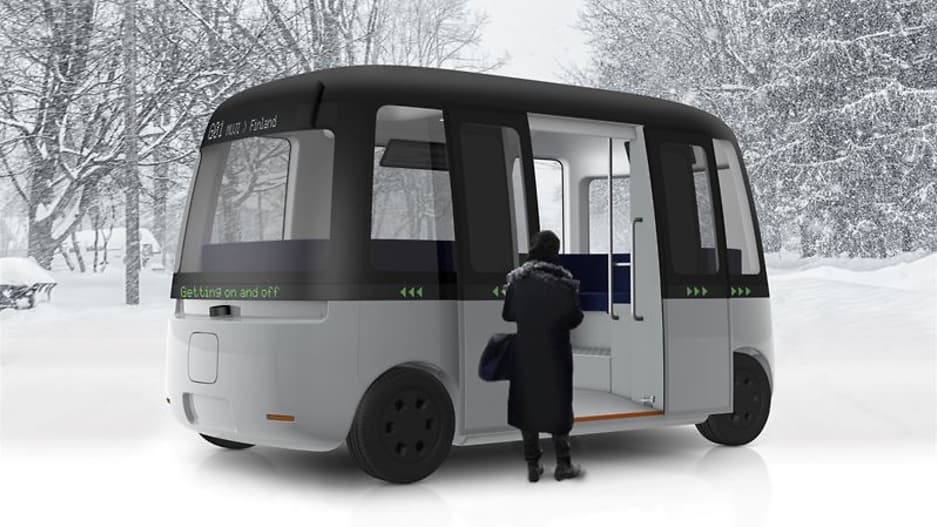I am making my way through the comments to the Draft Strategic Plan on Accessible Transportation and I recently looked at comments submitted by non-profit organizations, some representing people with disabilities, others connected to specific travel modes, and still others not tied specifically either to transportation or accessibility for people with disabilities.
In total, nine groups with disability access as a primary focus submitted comments. Two organizations without such a focus offered their thoughts, and three organizations whose interests align with a particular transportation industry responded to the draft plan. I am reading those last ones first and covering them in this post.
Lip service, perhaps, but that is meaningful
A generation ago, I doubt that every industry-related comment submitted in response to a government plan to expand accessibility would have genuflected at the altar of accessibility. Even if these same players will bark at the idea of independently changing their products to be accessible, or claim that regulation is needed to even that playing field, but that the time is ripe for innovation, not for regulation, they still feel compelled to state on the record that accessibility is good. I do not believe that companies or the associations that represent them or the research endeavors they fund would have made the same declarations 30 years ago, let alone 60 years ago. That change might not deliver a product line to help people with disabilities, but it is not meaningless.
 |
| Painting of coffee mug and the word "slow." |
I expected to find in the industry comments this genuflection to the value of accessibility, while pointing off that now is the time for prioritizing innovation, while equating that priority with a regulation holiday, as if kindergarteners would instantly learn to read and master algebra if only their teachers laid down no rules or schedules for the classroom.
What I found was different than what I expected.
I discovered what looks like engagement. I think the tough nut to crack is not indifference so much as a desire that everyone hold hands and jump in the pool at the same time. It's not a fear of being left behind; it's a fear of being first, with no one following, and no one buying.
I am not always right
Comment from Alliance for Automotive Innovation
Here we go with the words of the industry association representing automobile manufacturers and their technology partners. I recently described the Alliance for Automotive Innovation (the Alliance) in a post discussing its comment submitted in response to the RFI for an Inclusive Design Reference Hub. My favorite part of that comment was a line talking about reflecting the "cross-stakeholder" nature of the issue of autonomous vehicle accessibility in a proposed repository of accessibility standards and resources. One is in DC for sure when words like cross-stakeholder are bandied about.
The Alliance has mastered the skill of making statements that are as American as apple pie, but have no meat behind them. Notice the lack of actual commitment.
Auto Innovators shares the Department’s commitment to a more accessible transportation future and therefore appreciates the Strategic Plan’s focus on this goal. We particularly appreciate the Strategic Plan’s identified strategies to promote accessibility for AVs. This includes strategies around: (1) advancing solutions that can further enable people with physical, sensory, and cognitive disabilities to use AVs; (2) leveraging Department research funds to investigate the impact of AVs on transportation for people with disabilities; (3) engaging stakeholders on inclusive design of AVs; and (4) working to pave the way for safe deployment of new technologies that increase accessibility in transportation by evaluating relevant regulations and eliminating unnecessary regulatory barriers.
The comment then proceeds to reiterate the Alliance's thoughts shared in response to the proposed Inclusive Design Reference Hub. I will repeat the bottom line of my tea-leaf interpretation of that comment, which is that the Alliance would adhere to accessibility standards if required, but its members will not voluntarily be offering anything new in accessibility.
No one in this group is jumping into that pool alone. But wait one hour after eating to swim.
[Caption to video: Clip from the Princess Bride with Billy Crystal and Carol Kane.]
Comment from University of Michigan, Mcity
I am counting MCity as an industry player because it is a partnership of academia; the auto industry and some AV companies; and all levels of government, from the city of Ann Arbor (home to the University of Michigan), to the state of Michigan to the federal government. Michigan's leaders are never at a loss for words to say that they intend for the AV future of the auto industry to remain in their state. Michigan Sen. Gary Peters has been, in my mind, an honorary Eisenhower Republican on the issue of industry-friendly AV legislation, for example. What's good for GM and so forth.
As for MCity's comment, it too utters a standard declaration of the goodness of accessibility. As I said, no one will come out against that, but the approach that MCity seems to support is one of investment in research, with no word on its position on establishing a goal of accessibility and a hard deadline to reach it. This is an entity that understands its partners. My snarky comments aside, the comment lists the work on AV accessibility that MCity has been involved with.
- "Michigan Mobility Collaborative - ADS Demonstration, led by the city of Detroit under a USDOT Automated Driving System Demonstration grant. The Detroit project will test the mobility, safety and endurance of a Level 4 AV – operating as Level 3 with a safety driver - to serve the city’s senior citizen population."
- "[P]artner with May Mobility on an AV deployment in Ann Arbor expected to launch in October 2021. May Mobility and the U-M Transportation Research Institute just received $300,000 from USDOT’s Inclusive Design Challenge for their proposal, Independent Safety for Wheelchair Users in AVs. The deployment will include a wheelchair-accessible Toyota Sienna. J.D. Power will conduct a survey to collect user sentiment, of which a component will address accessibility."
- Funding research projects: "Low Speed Accessibility Matrix, and Accessible Autonomous Shuttles: Human Factors Challenges and Design Solutions. A third is being considered for funding, Design Guidelines for Achieving Accessible Autonomous Vehicles." [Emphasis in original.]
What MCity does not do, perhaps what is feels it is inappropriate to do, is provide feedback on the draft plan. There is no discussion of it.
Comment from Airlines for America
Airlines have a terrible reputation in terms of accessibility. The bathrooms on planes are too small for wheelchairs; they have barely enough room for an occupant with a caretaker. Likewise, the aisles are no place for wheelchairs or walkers. A normal-sized human is too large for a basic seat. Legislation actually made it through Congress a couple of years ago that forced the airlines to report data on wheelchairs broken. It's like the strollers collected at the plane and given back at arrival - except that these are often broken by the time the plane lands. 😳 To be honest, I do not follow this issue particularly, so I do not know whether the situation has improved since the legislation was enacted.
 |
| Hand lettering: Mobility Smorgasbord |
I therefore did not expect much of the comment from Airlines for America. But this association, which represents the major airlines in the US, plus FedEx and associate member Air Canada, seems to have a decided attitude toward regulation that while it is unpleasant, it is - I repeat - okay as long as everyone holds hands and jumps in the pool at the same time. The airlines association is talking stakeholder engagement, and it wants to be at the table, with the elephant in the room being the power of the consumer public to demand greater accessibility.
I have no interest in air travel, so I am going to give a quick rundown. The specifics that the airlines association comment addresses are:
- Accessible plane lavatories,
- FAA processing of disability-related complaints against airlines,
- A strategy for boosting accessibility compliance, and
- Expansion of outreach to include more players within the airline industry universe.
Personal complaint for the airlines
As long as we are addressing the airlines, they not only discriminate against people with disabilities, they completely disrespect any customer not tall or strong enough to lift an average piece of luggage into the overhead luggage compartment. That's me and every petite woman, by the way. Plus there are those in this group who are barely able to retrieve their luggage from the overhead luggage compartment and thereby endanger whoever is sitting or standing nearby, putting all of those passengers at risk of luggage falling on one's head.









